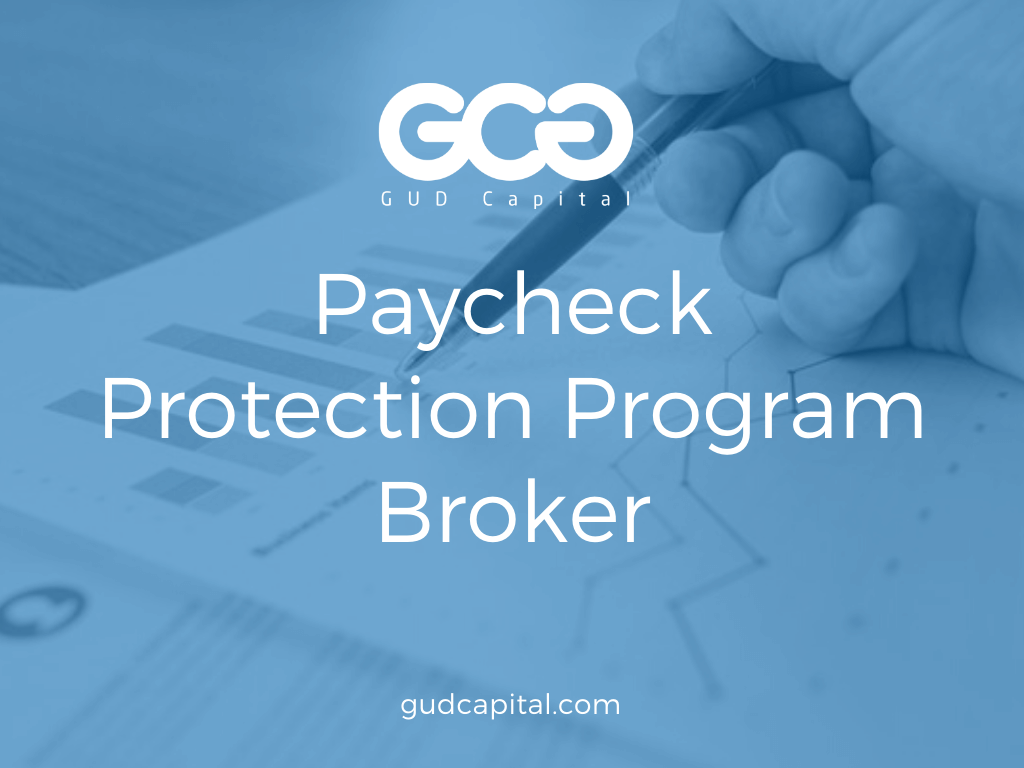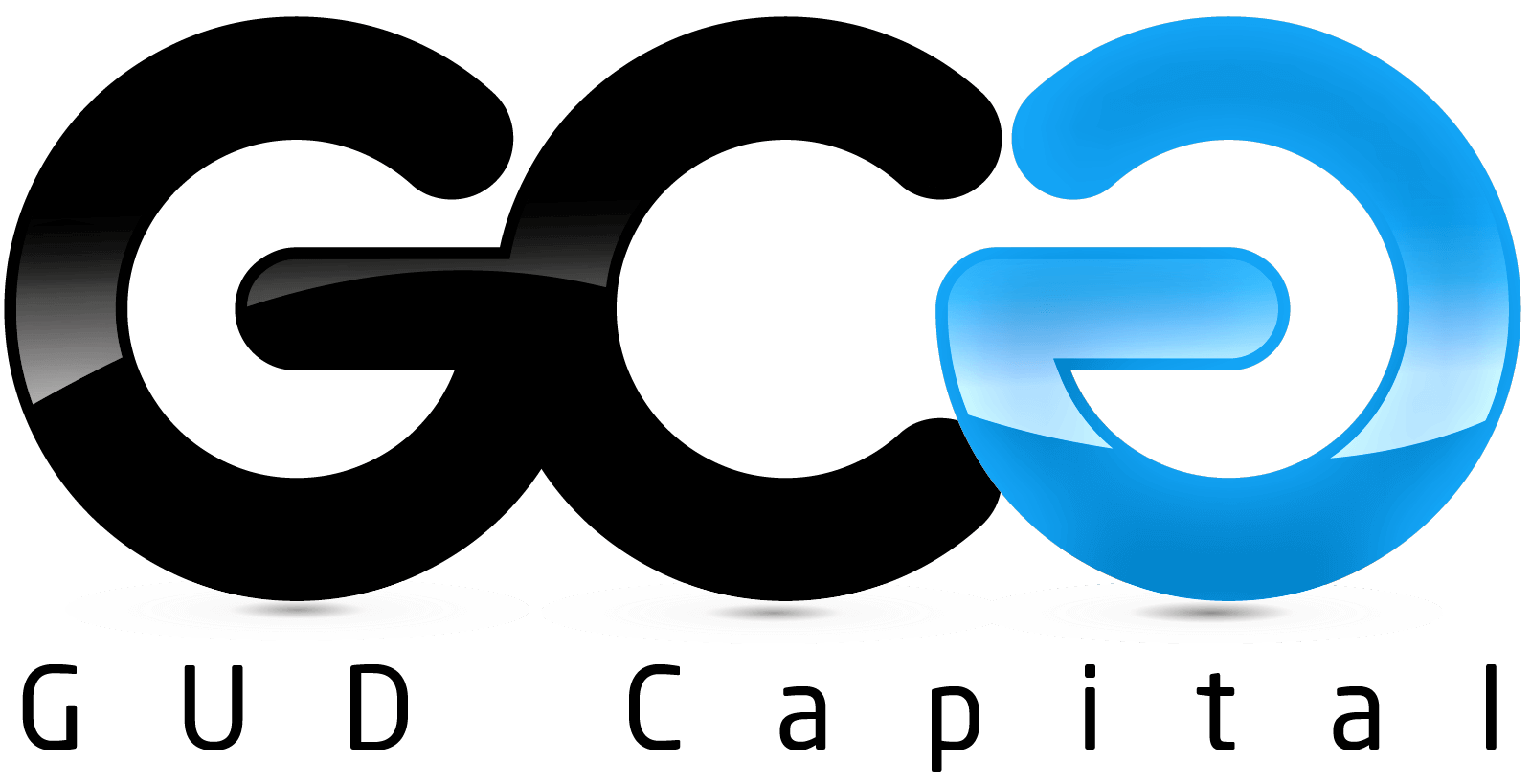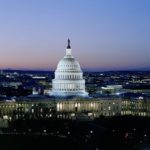Paycheck Protection Program Application Experts
With GDP collapsing – some projecting a -50.0% GDP loss in Q2 of 2020, and with the unemployment rate skyrocketing (projected to be be 24-30% at some point in 2020) Congress stepped-in to both inject stimulus into the economy, and to help stop the skyrocketing of unemployment due to the Coronavirus epidemic. For many, a solution has come in the new bill passed on March 26, 2020, named the Coronavirus Aid, Relief, and Economic Security (CARES) Act introducing the Paycheck Protection Program (PPP) as the main endowment in Title 1—the Keeping American Workers Paid and Employed Act. The way it works is, it will be overseen by the Small Business Administration (SBA) to provide emergency lending under its 7(a) lending program for companies who are adversely affected by the outbreak of COVID-19. Then, those under section 501(c)(3) nonprofit organizations. More specifically, it will help small businesses and nonprofits cover operating expenses along with incentives for employers to retain employees, with a lending capacity of $349 billion. So at $349 billion, it will address the vast majority of the small business assistance provided in the Phase III legislation—an essential and neglected aspect of the Congressional response to the pandemic thus far. Furthermore, since many companies have already laid off workers as a response to COVID-19, the program can be retroactive, with the covered loan period running from Feb.15 to June 30, 2020, allowing formerly laid off workers or furloughed employees to be returned to payrolls.
Quick-jump to the following sections:
Now many may be wondering how and if their business is eligible, and there are a few requirements needed to receive the assistance. These would include small businesses that employ fewer than 500 employees. As for the hospitality industry, specifically; restaurants, food service, caterers, and hotels, as long as they have 500 or fewer employees per physical location, they are eligible to receive a single loan if operating in North American Industry Classification System Sector 72. Then, the program also removes the “Credit Elsewhere Test,” which requires extensive analysis to determine if the company can obtain some or all of the requested loan funds from alternate sources, without causing excessive hardship. Additionally, no collateral or personal guarantee shall be required for the covered loan. As for the size of the loan, a business can receive, the maximum loan amount must be the lesser of 2.5 months’ payroll or $10,000,000. Hence, to determine the 250 percent of average monthly payroll costs, businesses should reflect the average monthly payroll costs during the one year before the date on which the loan is made. For those seasonal businesses, it is advised to calculate the 2.5 months’ payroll using the 12 weeks beginning Feb.15, 2019, or March 1, 2019, and ending June 30, 2019. Seasonal establishments will multiply this average by 2.5.
Moreover, there are restrictions and guidelines for how the money is to be used. These would be a restriction for any salaries above $100,000 per year and any qualified sick leave wages for which a tax credit is allowed under section 7001 0r 7003 of the Families First Coronavirus Response Act. As for how the funds are distributed, it only can be utilized for employee salary or wages, cash tips, or equivalent payments, payment of any retirement benefit, vacation, parental, family, medical, or sick leave payments. Plus, mortgage payments, rent, and utility payments, interest on debt obligations previous to Feb.15, 2020, and amount of state or local tax assessed on the compensation of employees. On top of that, the program includes some generous features for borrowers, involving six months to one year of deferred repayment, fee waivers, and streamlines application requirements. However, most importantly, the borrowers are eligible for loan forgiveness equal to the sum spent on covered costs during the eight weeks after the loan is created. The typical expenses would involve rent, payroll, utilities, and mortgage interest obligations. In nature, these forgivable loans turn into grants, meaning the qualifying businesses would not see a significant increase in their debt burdens. Although to keep the credit, employers must maintain full-time equivalent employees or else face a reduction in the loan. Since many businesses were forced to reduce staff, the legislation includes a clause that allows them to qualify for loan forgiveness if they hire back to the proper amount of employee levels by June 30, 2020. So far, this is what we know of the program and what the U.S. is doing to repair some of the damage done to small businesses to help them weather the crisis until regular operations can resume. Moreover, take a look at the rest of the article to see how Paycheck Protection Program brokers and experts like GUD Capital could be of service to your business in these challenging times.

Paycheck Protection Program Loans
This is a program that can save many businesses as well as provide job assurance and economic benefit during the Coronavirus crisis. Below we will take a look at the details surrounding the program.
Details
| Rates | 0% if forgiven, 4% if not |
|---|---|
| Terms | Up to 10 years |
| Funding Amounts | Up to $10,000,000 |
| Collateral | Not Required |
| Fees | 0% |
- Bring back employees laid-off: Retroactive to February 15, 2020 to bring back employees who may have been laid-off from that time until funds are received.
- No personal Guarantee required: Historically, SBA loans would require a personal guarantee by any person who is 20% owner or more. Under this program, no personal guarantee is needed.
- No collateral: while many SBA and other business loans will require collateral be provided if available, no collateral is required for the Paycheck Protection Program.
- No commingling of funds: Funds that are received under other SBA loan programs cannot be used for the same uses as the PPP.
- Deferred payments: payments for the loan are deferred between 6 months to 12 months. Interest is still accrued during this period.
Application Checklist
The final deadline for the Paycheck Protection Program is June 30th 2020. As long as you apply before then, you can receive funds for your payroll dating back to February 15, 2020. Here is what is needed to apply:
- Completed Application
- SBA Form 1919 or SBA Form 912
- IRS Form 940 and 941
- Articles of incorporation
- Operating agreement
- Previous 12-month income statement & balance sheet
- Payroll Report or Employee Pay Stubs
- Bank statements
- Driver’s Licenses
- Payroll Expense verification documents to include:
- IRS Form 940 and 941 (attached)
- Breakdown of payroll benefits
- Certification that all employees live within the United States.
- Most recent Mortgage Statement or Rent Statement
- Most recent Utility Bills
Businesses that Qualify
- Businesses with fewer than 500 employees
- Businesses that meet the SBA’s revenue standards
- Nonprofits and 501 (c ) 3
- Sole proprietorships
- Self-employed businesses
- Independent contractors
- Veterans Organizations (501©(19)
- A Tribal business concern that meets the SBA size standard
Uses
- Covering the cost of payroll including salaries
- Health care costs on a continual basis
- Rent/lease payments
- Utility costs
- Interest payments on loan/debts originated before February 15, 2020
- Severance pay
- tate or local taxes assessed on the compensation of employees
Loan Forgiveness
If a business keeps all of their employees (based on the average number of employees they had over the past 12 months) the entirety of the loan is forgiven – essentially turning it into a tax-free grant. If an employer reduces their payroll, the business will be responsible for and equal percentage of the loan that they reduce their employment by. For instance, if a business reduces payroll by 10% as compared to the previous 12 months, they will be responsible for 10% of the loan amount and 90% of the loan will be forgiven. The part that they will be responsible for will be at the 10-year term at 12% interest rate. If a company has already reduced their payroll after February 15, 2020, they can still be forgiven for the full loan amount if they rehire those employees by June 30, 2020.
Fees
- Borrower and lender fees are waived
- Prepayment fees are waived
Get Started
This program must be taken advantage of by all companies suffering the economic effects of the Coronavirus / COVID-19 epidemic. But this process must be completed by qualified SBA 7(a) lenders. If you need help packaging and submitting to qualified SBA lenders, please reach-out to our Paycheck Protection Program experts and we will navigate the process for you.





















